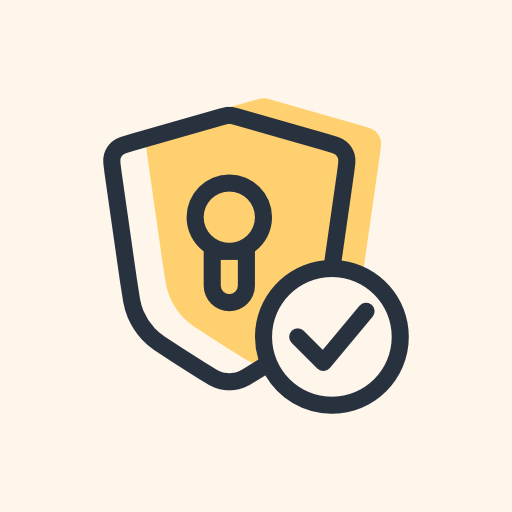

Security risk is the bigger concern IMHO. These devices are often a security weak point for networks. Putting them on their own wifi network and then isolating that network is critical.


Security risk is the bigger concern IMHO. These devices are often a security weak point for networks. Putting them on their own wifi network and then isolating that network is critical.
Tek-knight has entered the chat
Deep cut! I first heard of and saw that show in college. It’s great!
You are correct. But what Austin Powers was referencing was this scene from The Prisoner. Top notch 60’s TV!


Arris makes good stuff. But that is just the cable modem. It will NOT provide any router protection for your home network. Your network topology should look like this:
ISP -> your cable modem -> your router -> everything else
Honestly, if you don’t have need for many ethernet connections, just get a wifi router with good reviews and the arris cable modem. Make sure the cable modem you pick up has the right DOCSIS version for the speed you are getting or plan to upgrade to. Your ISP will be able to tell you what version they are on.


One of the issues you are touching on is what we refer to as Medication Reconciliation. At least in the US, the standard of care is to verify the current medications a patient is taking at every visit - whether it be an office visit, ED visit, or a hospitalization. Our local pharmacies also play a part in checking for medication interaction. This does not extend to over the counter medications however.
The US is the same in that the patient owns their own information. However, private entities are charged with the responsibility with holding and securing that data. Unfortunately, there is no central repository for it here.
More advanced systems in the US do allow for data access via phone. But it is not uniformly available or applied.


The issues you bring up are well known and I couldn’t agree more. Interoperability needs to be better. See my comment further up.


Right now US privacy laws aren’t compatible with one overarching centralized healthcare record.
Short of that, however, would be an interoperable system. Epic, which is the largest US medical record system, allows for different facilities on the same platform to share information. It is up to the specific facility if a records release is required. Most systems in a given region will have that worked out ahead of time and build it into their general consent for treatment (a form everyone signs). It works quite well. Where I practice, I am able to get all the information I need from across the country, assuming they are on the same platform at the time I am seeing the patient.
For other platforms, it’s more mixed. Federal law requires certain interoperability, but it is fairly limited and not real time. Generally it involves a flash drive with the info on it.
As for the comment about changing platforms in a similar system, that is a struggle. Hospitals are required to keep patient information forever. When they first started going up on electronic systems, they only went back so many years as the scanning costs were huge. As time has moved forward, many systems are bringing all the information over to the new system so they don’t have to maintain more than one electronic system for archive purposes.
Source: I am a physician and chief medical officer.


We use Fluency Direct, but you are correct. Dragon is quite popular too.


Physician and Chief Medical Officer here. I started my practice on the tail end of paper records and I have been through, and led, several different renditions of electronic medical records. Like any other software, the technology has evolved and matured over the last 20 years. Electronic Health Records are just about patient information anymore either. They incorporate patient info, clinician orders, billing, and also provide numerous cross checks and safety systems to improve patient care.
The article discusses the issue with digitizing handwritten notes. This is always problematic as they are not searchable, indexed, etc. and can be very difficult to work through. The system where I work has been on the same medical record system for over 10 years. This provides an efficiency that I didn’t have when I was working in a paper system. The entire chart is searchable. Medical history sections are filled out and robust.
From a safety perspective, these systems give us so much more than we had. One prime example is bedside scanning. When a nurse administers a medication in a hospital environment the medical record plays a pivotal role. As a physician I enter and order for a medication. If there is an allergy, medication interaction, or a host of other things, the system will alert me to it before the order is signed. Once signed, the order then goes to a pharmacist to review and approve. The patient’s nurse will then be notified of the order and be able to pull the medication from an integrated medication storage unit with multiple drawers and compartments to ensure the right medication is taken. Finally, the nurse must use the EHR to scan the patient’s armband and the medication barcode. If there is any discrepancy, the medication is not given until the issue is resolved.
From a user perspective, I can now create notes and write orders faster than I could in a paper world, even with dictation. Most docs use a combined template/voice recognition approach which works well. There has been a great deal of work in the Epic world (one of the largest EHR systems) to increase efficiency and improve the user experience.
Are these systems perfect? Far from it. But things are better now, at least where I work, than this article makes it seem.
Especially if it’s a cock ring